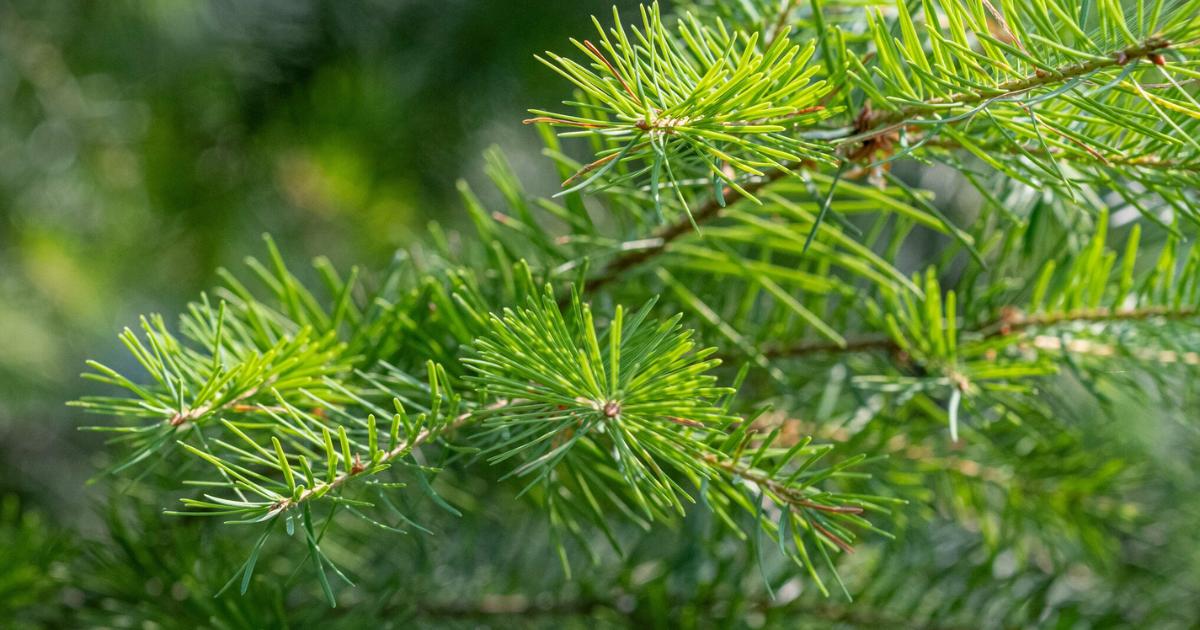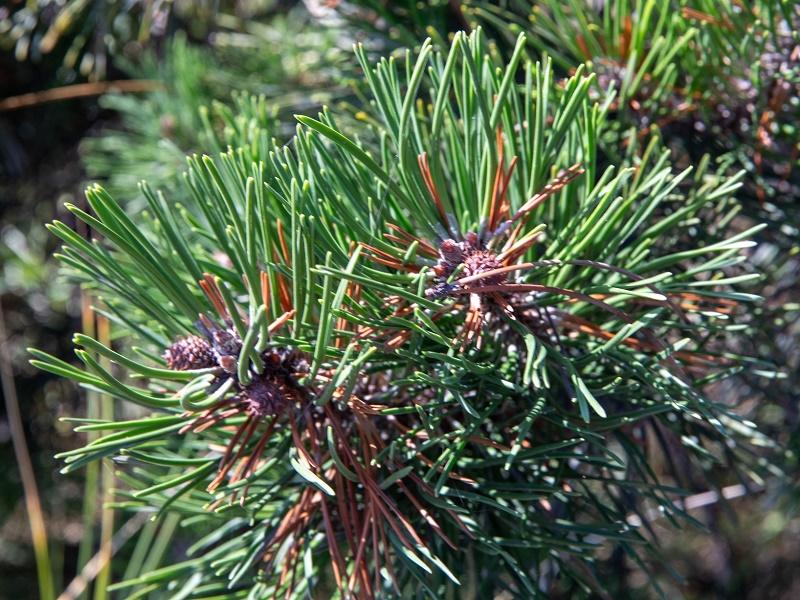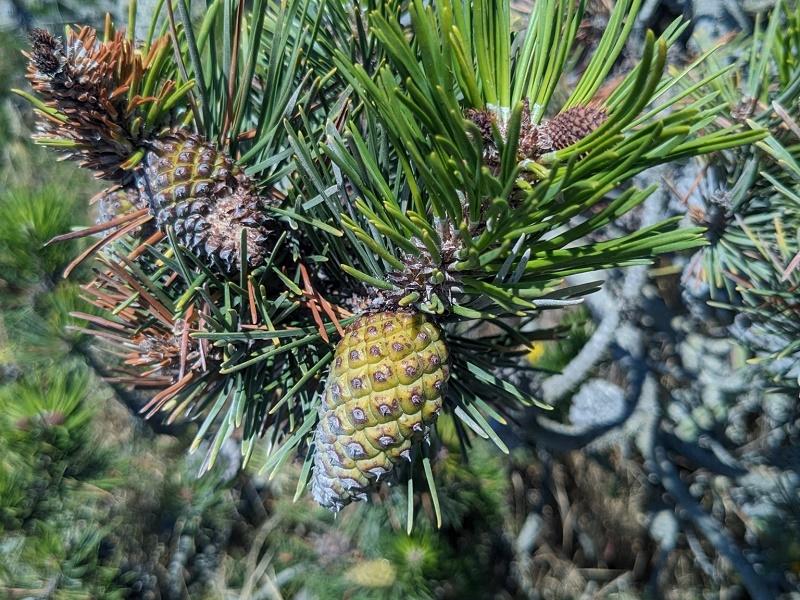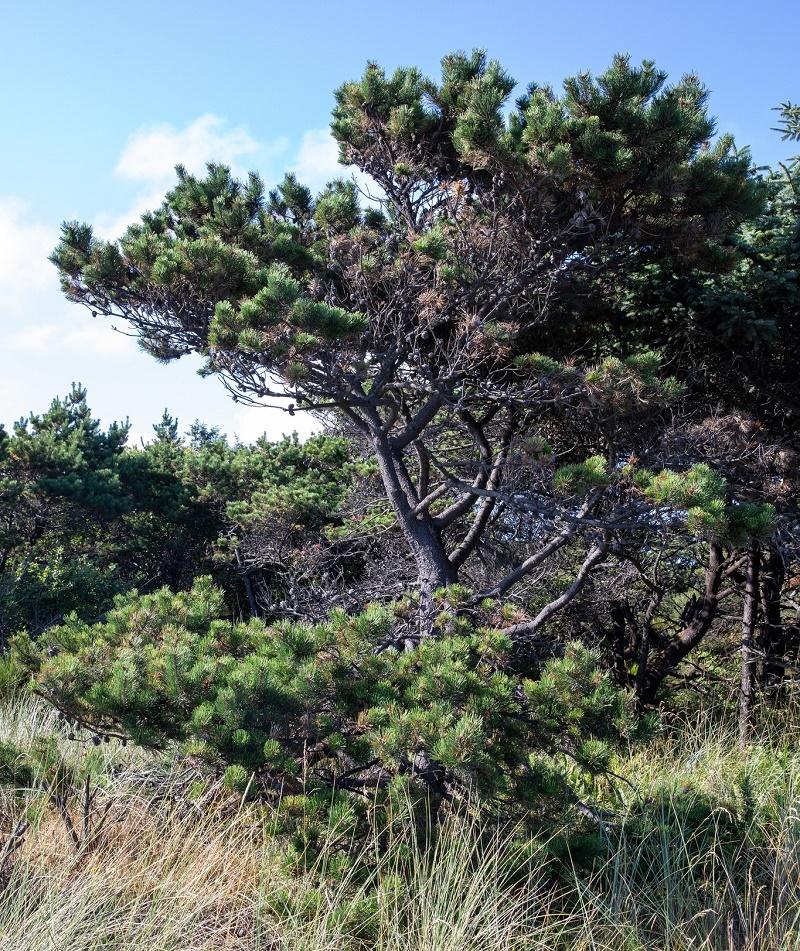Characteristics of Lodgepole Pine (Pinus contorta)

Lodgepole Pine or Shore Pine (Pinus contorta) is a species of conifer tree common in western North America. This tree usually grows near the coast and in dry to subalpine montane forests, but rarely in lowland rainforests.
There are four subspecies of Pinus contorta, and one of them is sometimes considered to have two varieties. Subspecies are sometimes treated on a varietal level.
- Pinus contorta subsp. bolanderi – Endemic to Mendocino County on the northwestern California coast. Its status is almost threatened by fire and construction.
- Pinus contorta subsp. contorta – Pacific Coast, Alaska, and northwestern California.
- Pinus contorta subsp. murrayana – Grows in the Cascade Range of Washington, northern California, Sierra Nevada, southern California (including the San Bernardino Mountains, Peninsular Ranges to northern Baja California, and southern Nevada Spring Mountains).
- Pinus contorta subsp. latifolia – the Rocky Mountains, Colorado to Yukon and Saskatchewan, Aspen Parkland, and boreal forest.
The Lodgepole Pine is a fire-dependent species, it requires forest fires to maintain a healthy population of varying ages. The bark of the tree is quite thin, but the heat of the fire will open the cones to release the seeds. This allows the species to regenerate and maintain its place in the forest habitat. One of the plant communities where Lodgepole Pine is found is the conical-covered pine forest on the California coast.
Today Lodgepole Pine tree plantations have been planted extensively in Norway, Sweden, Ireland, and the UK for forestry, as well as timber, uses. In Iceland Lodgepole Pine is deliberately planted for reforestation and afforestation purposes.
Indigenous peoples of the Pacific Northwest and California use certain parts of the Lodgepole Pine tree as a traditional medicine to treat various ailments.
Lodgepole Pine is widely cultivated as an ornamental tree by the horticultural industry. The two subspecies selected for cultivation include Pinus contorta subsp. contorta and Pinus contorta subsp. murrayana. Smaller varieties and cultivars (Pinus contorta ‘Chief Joseph’ and Pinus contorta ‘Spaan’s Dwarf’) are also used as house trees, including as bonsai specimens.
The ‘Chief Joseph’ cultivar has earned the Royal Horticultural Society’s Award of Garden Merit.
Characteristics of Lodgepole Pine Leaves

The leaves are needle-like, paired, dark green, and mostly glossy 4-8 cm long and 0.9-2 mm wide. The leaf buds are egg-shaped, reddish-brown and between 20-30 mm long. They are short-pointed, slightly twisted, and very resinous.
Spring growth begins in early April and annual growth finishes in early July.
Characteristics of Lodgepole Pine Fruit

The cones are 3-7 cm long and have punctures on the scales. Many populations of the Rocky Mountain subspecies (Pinus contorta subsp. latifolia) have serotinous cones. This means that the cones are enclosed and must be exposed to high temperatures, such as forest fires, to open and release their seeds.
Characteristics of Lodgepole Pine Tree

Lodgepole Pine can grow as a medium-sized shrub or tree up to 40-50 meters in height in the wild. If it grows in the form of a bush, it is about 1-3 meters high.
Pinus contorta subsp. murrayana is supreme. In dense forests, this tree has a slender, conical crown. Twin tree formation is fairly common in some populations in British Columbia. The branches are elastic standing upright or overhang and difficult to break. The branches are covered with short shoots that are easily removed.
The Lodgepole Pine is considered a seriously invasive species in New Zealand, along with several other western North American pine species. It is registered with the National Pest Plant Accord and is prohibited from sale, commercial propagation, and distribution.
Leave a Reply